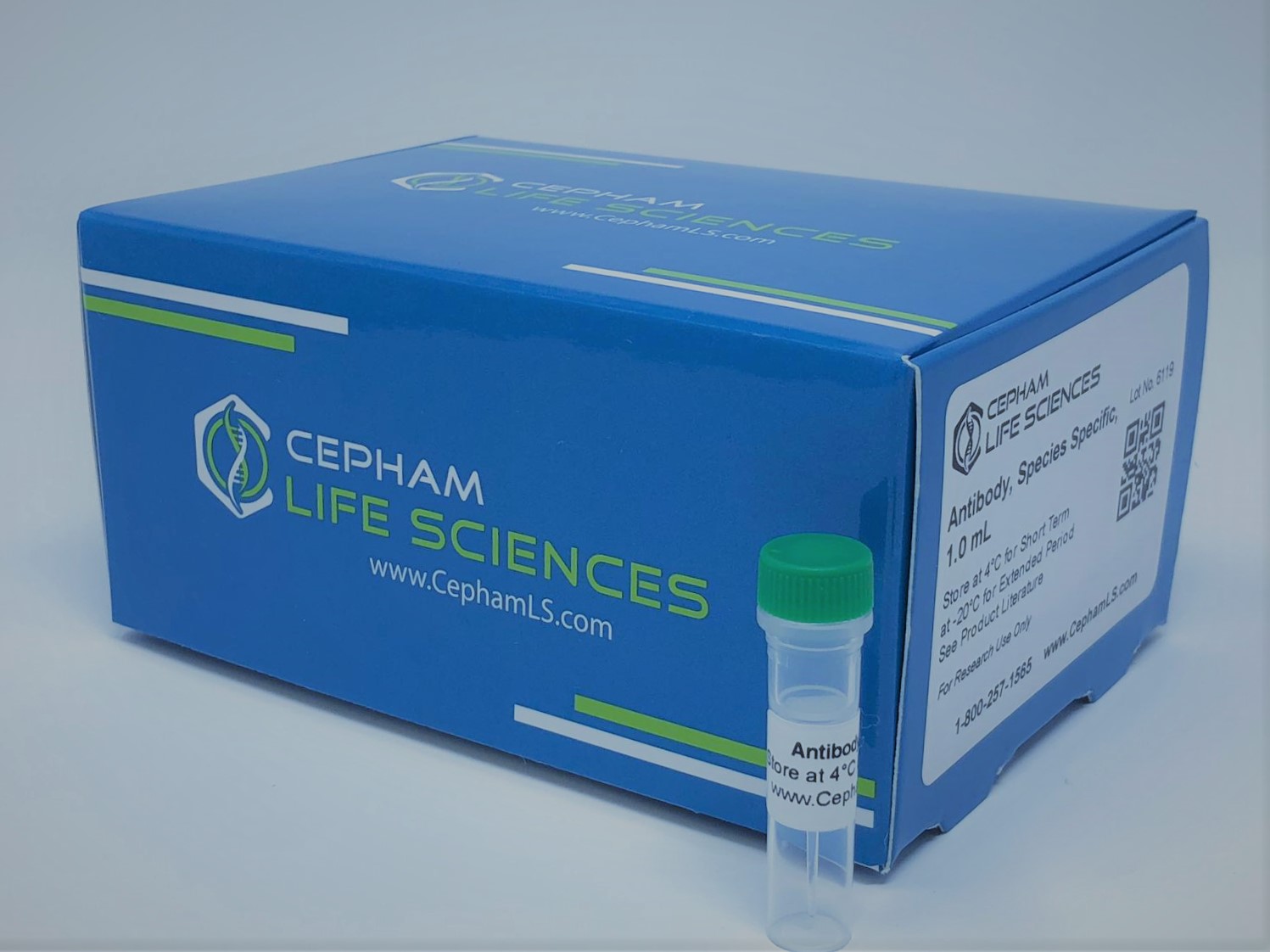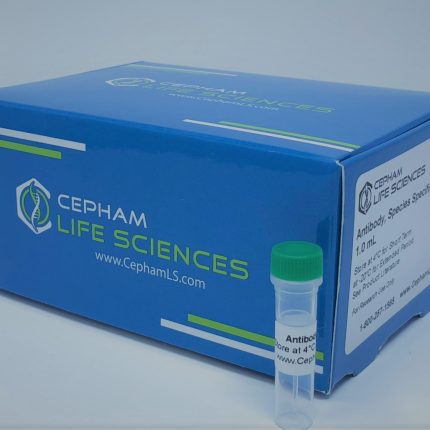Antibody Type
Polyclonal Antibody
Species
Human
Uniprot ID
P30040
Immunogen
Recombinant human Endoplasmic reticulum resident protein 29 protein (40-251AA)
Raised In
Rabbit
Species Reactivity
Human
Tested Applications
ELISA;Not yet tested in other applications.
Background / Function
Proper protein folding and post-translational modifications are essential for secretory protein export out of the endoplasmic reticulum. This task is accomplished by chaperone proteins such as protein disulfide isomerase (PDI), GRP94, and BiP. A recently characterized protein, designated ERp29, is closely related to these chaperone proteins and appears to be upregulated during ER stress conditions. ERp29 is a soluble 259-residue protein that is localized to the lumen of the endoplasmic reticulum in all mammalian cells. Research has shown that there are two primary domains within ERp29. The first is the C-terminal region that is a novel, all helical, fold that is most likely involved with ERp29 retention to the ER. The second is the N-terminal region that resembles that of PDI’s thioredoxin module. The protein shows sequence similarity to the protein disulfide isomerase family. However, it lacks the thioredoxin motif characteristic of this family, suggesting that this protein does not function as a disulfide isomerase. The protein dimerizes and is thought to play a role in the processing of secretory proteins within the ER.
Isotype
IgG
Conjugate
Biotin
Storage Buffer
Preservative: 0.03% Proclin 300
Constituents: 50% Glycerol, 0.01M PBS, PH 7.4
Form
Liquid
Storage
Shipped at 4°C. Upon delivery aliquot and store at -20°C or -80°C. Avoid repeated freeze.
Purity
Caprylic Acid Ammonium Sulfate Precipitation purified
Modification
Endoplasmic reticulum resident protein 29 protein
Research
Signal Transduction
Literature
[1] “ERp28, a human endoplasmic-reticulum-lumenal protein, is a member of the protein disulfide isomerase family but lacks a CXXC thioredoxin-box motif.” Ferrari D.M., van Nguyen P., Kratzin H.D., Soeling H.D. Eur. J. Biochem. 255:570-579(1998) [PubMed:







